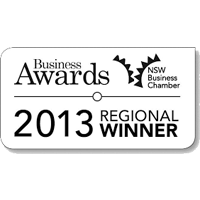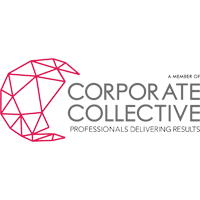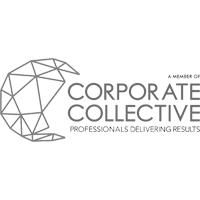
Chasing the Tail
Every organisation has them, few have the time or in-house skill to ensure that money isn’t being wasted, “Non-Staff Indirect Costs”. How can executives be sure that these costs, which rarely add to the product or service value, but are a necessary part of running a business, are being minimised?
In a typical organisation, up to 10% of purchased costs are classified as “Overheads” or “Indirect Costs”, and add to that the administration cost of placing orders, checking and processing invoices and paying the suppliers. In my experience, with the right skills and focus, these can be reduced by up to 20%, increasing net profit by 2%! A typical organisation, with a 5% NP to Sales has the potential to increase to 7%!!
The problem is, the staff costs to achieve those savings can often exceed the “benefit”. Good procurement people are correctly going to focus on high value and critical purchases. How do we make the numbers work for the smaller cost items, sometimes referred to as “Tail Spend”.
We’re dealing with a wide range of products and services, each usually with a range of suppliers servicing that particular market. Unfortunately, it’s not always in the interest of the current supplier’s client service person to ensure you’re getting best value. They are often remunerated on a commission basis.
In many markets, a combination of downward price pressures, emerging technologies or simply a better way to do things often creates opportunities. How do we identify and take advantage of these opportunities? The process is obviously classical procurement, but with additional challenges:
- With lower values, the time vs benefit ratio has to be considered. Procurement professionals are a valuable resource. Is it economical to focus on the Tail Spend, when the potential with high value items is so much higher?
- Market knowledge. We’re dealing with a wide range of items, each serviced by a range of specialist providers. How do we develop strong market knowledge for an item that will be realistically focused on perhaps every 3 or 4 years, with markets changing so quickly?
- Do we need it at all? Can the item or service be eliminated totally? Perhaps a recent example is the fax line? Why have one given the changes in technology and options.
- Is there a better alternative? The humble light bulb, and the impact on the electricity bill is a good example. New and better options are coming onto the market all the time!
- When will resource become available (or perhaps the question should be, realistically, will it ever become available). With the best possible intentions, but limited resources, experience suggests if it can’t be focused on now, it may not be later!
- Indirect costs are often sold via convenience and relationship rather than value! It’s an interesting question. Relationship buying has a price, but convenience a value.
- Very often, the best value can be obtained by finding providers or processes that “bundle” a number of items.
Our recommendation is to find an external company who are able to work with you to fine tune your “tail spend” and increase your profits.










